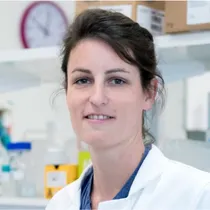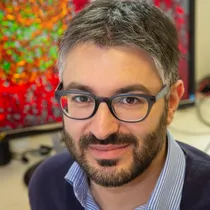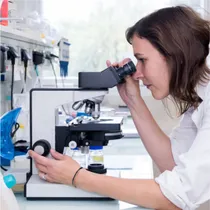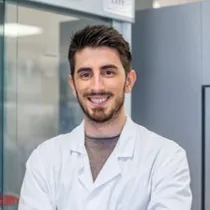- Accueil >
- Publications >
- Proneural–mesenchymal hybrid glioblastoma cells are resistant to therapy and dependent on nuclear import
Proneural–mesenchymal hybrid glioblastoma cells are resistant to therapy and dependent on nuclear import
Résumé
Abstract
Background
Despite extensive research efforts, glioblastoma (GBM) remains a deadly disease with poor prognosis. Although previous studies have identified various cell states within GBM tumors, the molecular mechanism underlying adaptive GBM cell plasticity induced by conventional therapy remains unclear.
Methods
We used fluorescent reporters for proneural (PN) and mesenchymal (MES) subtypes to monitor GBM cell plasticity in real-time across multiple patient-derived cell lines. This approach revealed cells that concurrently expressed both PN and MES markers. To investigate this unique hybrid population, we implemented a comprehensive methodological approach encompassing bulk and single-cell RNA sequencing, single-cell ChIP sequencing, nuclear proteomics, high-resolution imaging, orthotopic mouse models, clinical dataset analysis, and pharmacological and genetic techniques. This multifaceted strategy allowed us to gain functional and molecular insights into this distinct cellular population.
Results
We showed that these hybrid cells are increased by conventional therapies, and are resistant to these therapies. At the molecular level, hybrid cells display significant alterations in chromatin structure and nuclear protein composition, elevated transcriptional activity, Myc activation, and improved transport between the nucleus and cytoplasm. Genetic and pharmaceutical inhibition of the nuclear import/export shuttling machinery, increased in hybrid cells, effectively suppressed adaptive GBM cell plasticity and hybrid identity, thereby enhancing the sensitivity of GBM cells to therapies.
Conclusions
Our results indicate that GBM hybrid cells play a crucial role in chemoradiation resistance. The nuclear transport machinery presents a potential therapeutic target for hybrid cells, offering a way to counteract the typical resistance to treatment observed in GBM.
Membres

STEPHANE LIVA
Ingénieur d'études
CELINE VALLOT
Directeur de recherche CNRS
GIORGIO SEANO
Chargé de recherche CNRS
CATHY PICHOL-THIEVEND
Ingénieur de recherche







